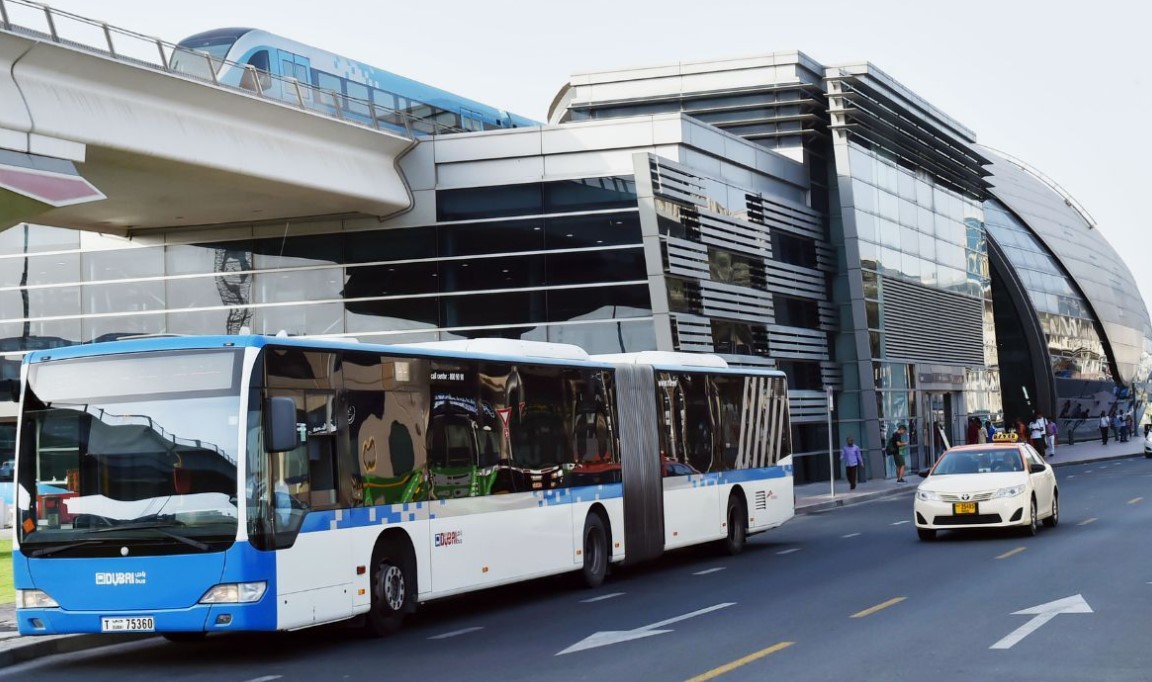The introduction of fleet tracking apps into the public transportation sector marks a significant shift in how services are managed and delivered. With the advent of GPS and mobile technology, these applications provide transportation managers with unprecedented control over their operations, leading to more efficient, safe, and reliable services. This article explores the transformative effect of fleet tracking apps on public transportation, analyzing their benefits, challenges, and future prospects.
Page Content
Evolution of Fleet Tracking in Public Transportation
Historically, fleet management in public transportation relied heavily on manual processes, which were not only time-consuming but also prone to errors. The deployment of GPS technology marked the first major leap in updating these traditional methods. Initially, GPS provided basic location data; however, as technology advanced, it became the foundation for the sophisticated fleet tracking apps we see today. These apps integrate real-time tracking with data analytics, offering a comprehensive overview that helps in making informed decisions swiftly.

Key Features of Fleet Tracking Apps
Real-time Vehicle Tracking
The core feature of any fleet tracking app is the ability to monitor vehicle locations in real time. This functionality allows control centers to see the exact position of each vehicle in the fleet at any given moment, enabling quick responses to any incidents or deviations from the schedule.
Data Analytics for Optimization
Beyond simple tracking, these apps utilize data analytics to optimize routes and schedules based on various factors such as traffic conditions, weather, and historical data. This not only improves timeliness but also increases the overall efficiency of the transport service.
Maintenance Alerts
Fleet tracking apps can predict and alert operators about potential vehicle maintenance issues before they lead to service disruption. This proactive approach ensures that vehicles are always in optimal condition, reducing downtime and maintenance costs.
Passenger Information Systems
Modern fleet tracking apps often include passenger information systems that provide real-time updates to passengers via mobile apps or station-based screens. These updates may include expected arrival times, delays, and even the current capacity of upcoming buses or trains.
![]()
Benefits of Fleet Tracking Apps in Public Transportation
Increased Operational Efficiency
The primary benefit of implementing fleet tracking apps is the significant boost in operational efficiency. Real-time data allows for dynamic adjustments to service delivery, ensuring resources are used optimally. For example, if a particular route experiences unexpected delays or increased passenger load, additional resources can be deployed promptly to address these issues.
Enhanced Safety and Security
Real-time monitoring also enhances the safety and security of both passengers and fleet. In case of an emergency, such as a vehicle breakdown or a security incident, immediate actions can be taken, including rerouting vehicles, dispatching emergency services, and informing passengers of alternative options.
Improved Passenger Satisfaction
Reliability and communication are key to passenger satisfaction. Fleet tracking apps ensure that services run on schedule and keep passengers informed of any changes, thereby improving the public transport experience. This transparency builds trust and encourages more people to use public transportation, contributing to congestion reduction and environmental benefits.

Challenges in Implementing Fleet Tracking Apps
Despite their advantages, integrating fleet tracking apps into public transportation is not without challenges. The cost of implementing such technology can be substantial, particularly for public sector agencies already under budget constraints. Moreover, the infrastructure needed to support the full functionality of these apps, such as widespread wireless connectivity and modernized vehicles equipped with GPS, requires significant upfront investment.
Additionally, there are privacy concerns related to tracking vehicle movements. Ensuring that data collection complies with privacy laws and that passengers’ information is securely handled is paramount. Finally, resistance to change from within can impede the adoption of new technologies. Training and a clear demonstration of the benefits can help in overcoming this resistance.
Future Trends and Innovations
Looking ahead, the integration of predictive analytics and artificial intelligence in fleet tracking apps promises even greater efficiencies. These technologies can forecast potential issues and suggest preventive measures, further optimizing public transport operations. The roll-out of 5G technology will enhance these applications’ capabilities, providing faster and more reliable data transfer.
Moreover, the potential integration with autonomous vehicles could revolutionize public transportation. Fleet tracking apps could manage and coordinate autonomous fleets, ensuring optimal routing and scheduling with minimal human intervention.
Conclusion
Fleet tracking apps by MYGPS have become indispensable tools in the realm of public transportation, providing critical insights that help streamline operations, enhance safety, and improve passenger experiences. As technology continues to evolve, the scope and impact of these apps will only increase, playing a crucial role in the future of urban mobility. Their successful implementation not only depends on the technology itself but also on addressing the financial, technical, and social challenges associated with such a significant shift in public transport management. Embracing these changes will be key to developing more efficient, responsive, and sustainable transportation systems in cities around the world.


